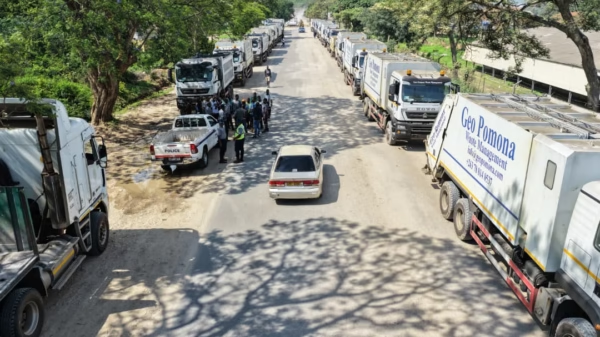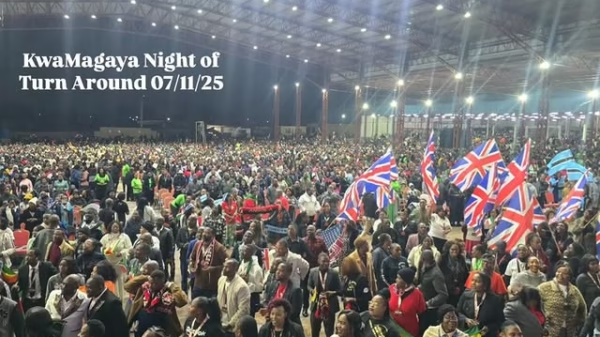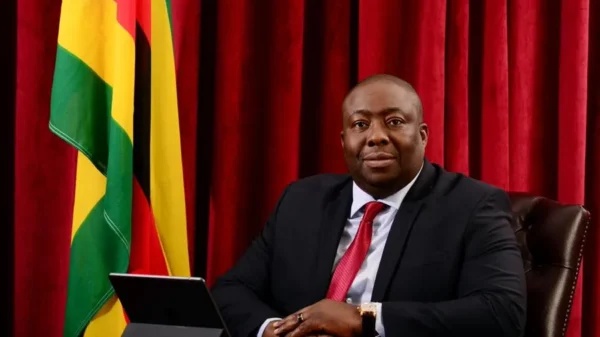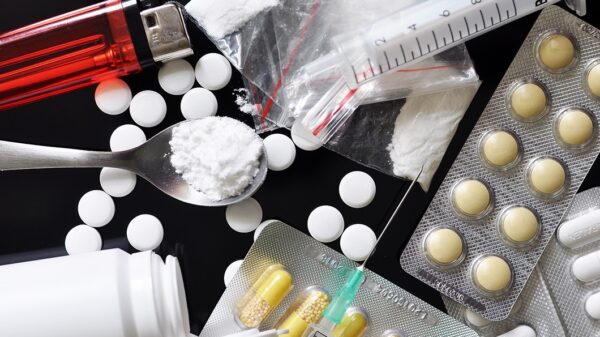The Zimbabwe Miners Federation (ZMF) has advised its members to switch to the prepaid smart metering system for electricity to prevent worsening power supply issues that could negatively impact their operations.
Recently, ZESA announced that all medium and large commercial, industrial, tourism, and mining customers, as well as institutions still on postpaid billing, must transition to the prepaid system starting October 1, 2024.
This move is intended to help reduce the Zimbabwe Electricity Transmission and Distribution Company’s (ZETDC) debt, which exceeds ZWL$5.7 billion. The industry, commerce, and mining sectors account for 74% of this debt, contributing 50% and 12%, respectively.
Due to this debt, ZESA has struggled to import electricity, with the country’s power issues worsened by low water levels at Kariba Dam, which feeds the Kariba Power Station.
As of last Friday, the Zimbabwe Power Company (ZPC) reported that Kariba was generating just 215 megawatts (MW) of its 1,050MW capacity, while Hwange, the largest thermal power station with a 1,520MW capacity, was producing 1,019MW.
Also read: Thabo Mbeki Faces Criticism for Alleging MDC Planned 2008 Xenophobic Attacks
ZESA believes the prepaid system will allow customers to better manage electricity usage and help the utility improve service and energy security. ZMF CEO, Mr. Wellington Takavarasha, who represents small-scale miners, stressed that failing to adopt the prepaid system could disrupt mining operations and reduce productivity. While most members rely on diesel for their operations due to power shortages, those using electricity should switch to prepaid to avoid disconnections that could harm production.
“A majority of our members use diesel due to the limited electricity supply,” Takavarasha said. “However, we are urging those who rely on electricity to migrate to the prepaid system to prevent service interruptions that could reduce gold production across the sector. ZESA is struggling to import power because of the ZWL$5.7 billion debt, and this affects even diesel-powered operations when mills are down, further hampering production.”
Small-scale and artisanal miners contribute over 60% of Zimbabwe’s gold output. According to Fidelity Gold Refinery (FGR), artisanal and small-scale miners delivered 2.4 tonnes of gold in August, a 50% increase from the 1.6 tonnes in July. Overall gold deliveries increased by 36% to 3.4 tonnes in August from 2.5 tonnes in July, largely due to the removal of the 15% value-added tax (VAT) on gold deliveries by the Treasury, under Statutory Instrument 105 of 2024.
The Chamber of Mines of Zimbabwe had previously noted that the 15% VAT encouraged side-marketing of gold. The recent rise in gold output follows a strong second quarter, where deliveries rose by 28% compared to the first quarter, reaching 7.7 tonnes from 6 tonnes.
Gold remains Zimbabwe’s top export earner, with the Government targeting 40 tonnes of gold production this year, up from 30.1 tonnes in 2023. By next year, gold is projected to generate US$4 billion, up from the current US$3 billion.
For comments, Feedback and Opinions do get in touch with our editor on WhatsApp: +44 7949 297606 or Email Us at editor@zimetro.co.zw

For comments, Feedback and Opinions do get in touch with our editor on WhatsApp: +44 7949 297606.











































